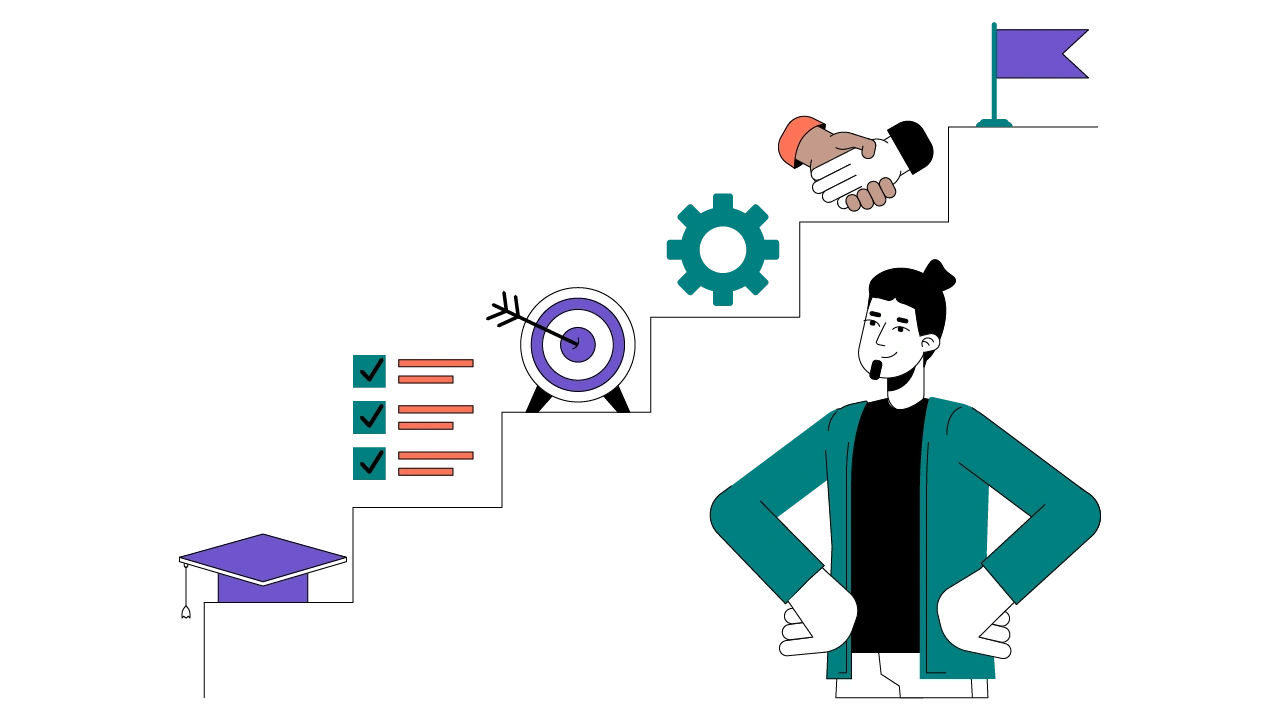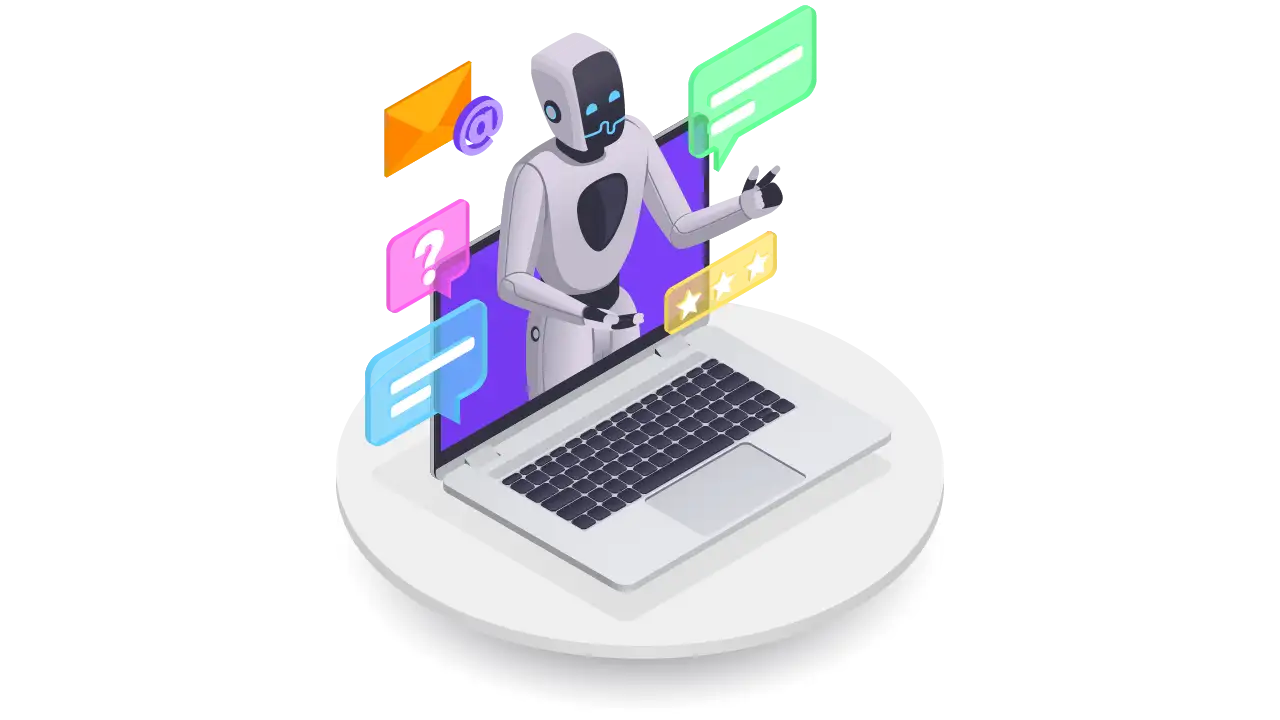


Unlocking Growth with Purpose in a Rapidly Evolving World
In an era of constant disruption-be it through automation, AI, remote work, or industry-specific transformations—career development is no longer a passive, time-based journey. Instead, it demands intentional strategy and continuous alignment with emerging demands. This is where skill mapping enters the picture. Far more than a self-assessment tool, skill mapping is a personalized GPS for your career, guiding you from where you are today to where you want to be tomorrow.
Whether you’re an early-career professional eager to fast-track your growth or a seasoned expert exploring reinvention, skill mapping can unlock purposeful progress by offering visibility into your current competencies, development gaps, and future potential.
Let’s dive deeper into how skill mapping and career development together can help build a sustainable, fulfilling, and resilient professional journey.
At its core, skill mapping is the process of identifying, organizing, and evaluating your current skills in relation to your personal career goals or industry benchmarks. It’s a self-inventory that allows you to visualize:
Think of skill mapping as building a personal dashboard, giving you actionable insights that lead to more focused development and better career decisions.
Gone are the days when experience alone could guarantee advancement. In today’s dynamic environment, career growth hinges on agility, adaptability, and relevance.
Skill mapping supports this by:
Without skill mapping, development efforts may be scattered or misaligned. With it, you create a targeted plan that ensures every step, course, or mentorship session serves a purpose.
Nisha, a data analyst, dreams of becoming a product manager. Through skill mapping, she discovers that while her technical skills are strong, she lacks product management fundamentals like stakeholder communication and market research. By enrolling in a product management bootcamp and seeking mentorship from PMs, she creates a six-month roadmap to bridge this gap—and gets promoted within a year.
Rahul, an operations lead in logistics, wants to transition to HR tech. His skill map shows strengths in process design and project execution but a lack of exposure to people analytics. With targeted online certifications and networking in HR tech communities, he builds a compelling profile that eventually lands him a role in HR operations.
Creating a skill map may sound complex, but it can be broken down into a simple five-step process:
Before assessing your skills, define where you want to go. Do you aim to be a team leader, a specialist, or move into a new domain? The clarity of your direction sets the foundation for skill alignment.
Make an inventory of all your current skills—both technical (hard) and behavioral (soft). These can include:
Organize them by relevance to your career goals and rate yourself honestly.
Now compare your skills with job descriptions or industry standards for your target role. Which key skills are missing? Which ones need to be strengthened?
For each gap, set a SMART goal:
Example: “Complete an advanced Excel course on Coursera by September.”
A skill map is not static—it should evolve with you. Review it every 6–12 months or after major transitions to ensure it reflects your growing capabilities and changing goals.
Today’s job market is less about having a fixed set of qualifications and more about dynamic, adaptable skill portfolios. Skill mapping allows you to:
According to the World Economic Forum, half of all employees will need reskilling by 2025, and the most in-demand skills will be analytical thinking, active learning, and complex problem-solving. A personalized skill map helps you navigate this shift with confidence and clarity.
Beyond career benefits, skill mapping also offers mental clarity:
When you know where you stand and what’s next, every effort feels meaningful. You move from passive waiting to active creating.
Skill mapping isn’t just an individual tool-it’s increasingly becoming a strategic HR practice within forward-thinking organizations.
Why organizations use skill mapping:
Many companies now use AI-powered talent intelligence platforms that map internal talent to future roles, enabling personalized learning pathways at scale.
Skill mapping is the process of identifying and evaluating your current skills in relation to your career aspirations. It’s important because it helps focus your efforts on growth areas that matter most.
It provides structure. Instead of randomly learning new things, you follow a personalized roadmap. This maximizes learning ROI and accelerates growth.
Everyone. Students, job seekers, early-career professionals, mid-career switchers, and senior leaders—all can benefit from regularly mapping their skills to stay relevant and future-ready.
Yes. Organizations use skill mapping to guide talent development, internal promotions, and strategic upskilling programs. It’s central to building agile, future-proof teams.
Ideally, every 6–12 months or whenever your role, goals, or industry trends shift. Treat it like a living document—review it after annual reviews, feedback sessions, or job changes.
You can start with a simple spreadsheet or use tools like Miro, Notion, or Trello for visualization. Advanced users may explore platforms like Degreed, Fuel50, or LinkedIn Skill Assessments.
Skill mapping and career development are not just trending terms. They are powerful, actionable frameworks that help you own your growth, pivot with purpose, and build a resilient career in a world that values adaptability more than ever.
If you’re tired of feeling stuck, overwhelmed by too many learning choices, or unsure how to move forward—start by mapping your skills.
So today, take that first step. Review your current skills. Reflect on where you want to go. Build your roadmap. And trust the process.
Because in the ever-changing world of work, the one skill that matters most is the ability to keep growing—with clarity, courage, and direction.
#SkillMapping #CareerDevelopment #FutureOfWork #GrowthMindset #IntentionalGrowth #ProfessionalDevelopment #Upskilling #LearningJourney #CareerStrategy #Reskill #WorkforceTransformation

Organizations operating in distributed, high-volume, or high-variability environments, such as HR shared services...

As the digital landscape evolves, data-powered organizations are gaining a competitive edge. Data has become the new currency...

The world of work is evolving at an unprecedented pace, and outplacement and workforce transition consulting...

The workplace is rapidly evolving at an unprecedented pace. As organizations navigate a landscape increasingly influenced by artificial intelligence...

Artificial Intelligence (AI) isn’t just some sci-fi fantasy anymore—it’s really changing the way companies work today...

In today’s fast-paced business world, People Analytics is reshaping the way organizations attract, engage, and retain talent...